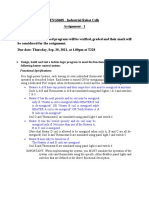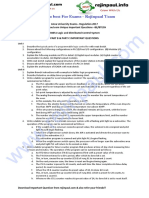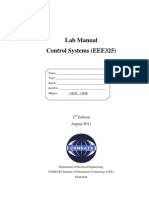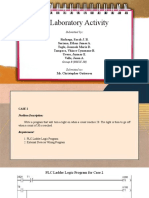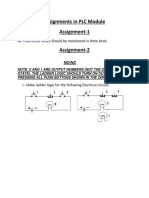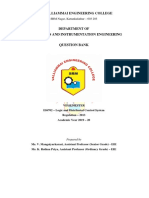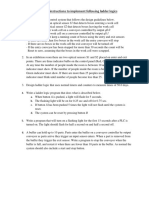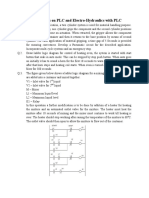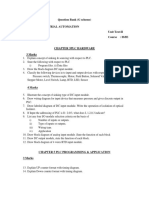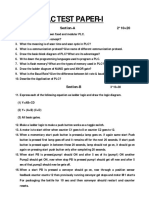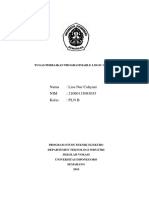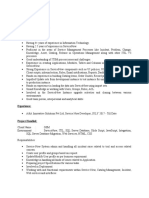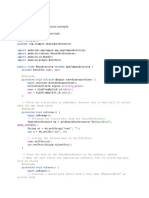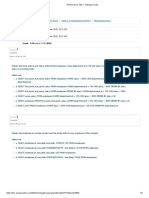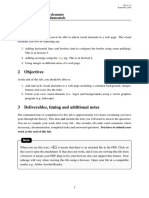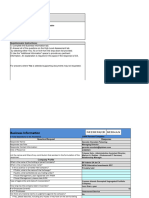0% found this document useful (0 votes)
40 views25 pagesPLC Solved Program
The document outlines various PLC ladder logic programs for different applications, including counting products, controlling traffic lights, managing tank systems, and monitoring conveyor operations. Each program details the sequence of operations and the logic required to achieve specific control tasks. The document serves as a comprehensive guide for implementing PLC solutions across multiple scenarios.
Uploaded by
vishnuthiya28Copyright
© © All Rights Reserved
We take content rights seriously. If you suspect this is your content, claim it here.
Available Formats
Download as PDF, TXT or read online on Scribd
0% found this document useful (0 votes)
40 views25 pagesPLC Solved Program
The document outlines various PLC ladder logic programs for different applications, including counting products, controlling traffic lights, managing tank systems, and monitoring conveyor operations. Each program details the sequence of operations and the logic required to achieve specific control tasks. The document serves as a comprehensive guide for implementing PLC solutions across multiple scenarios.
Uploaded by
vishnuthiya28Copyright
© © All Rights Reserved
We take content rights seriously. If you suspect this is your content, claim it here.
Available Formats
Download as PDF, TXT or read online on Scribd
/ 25









